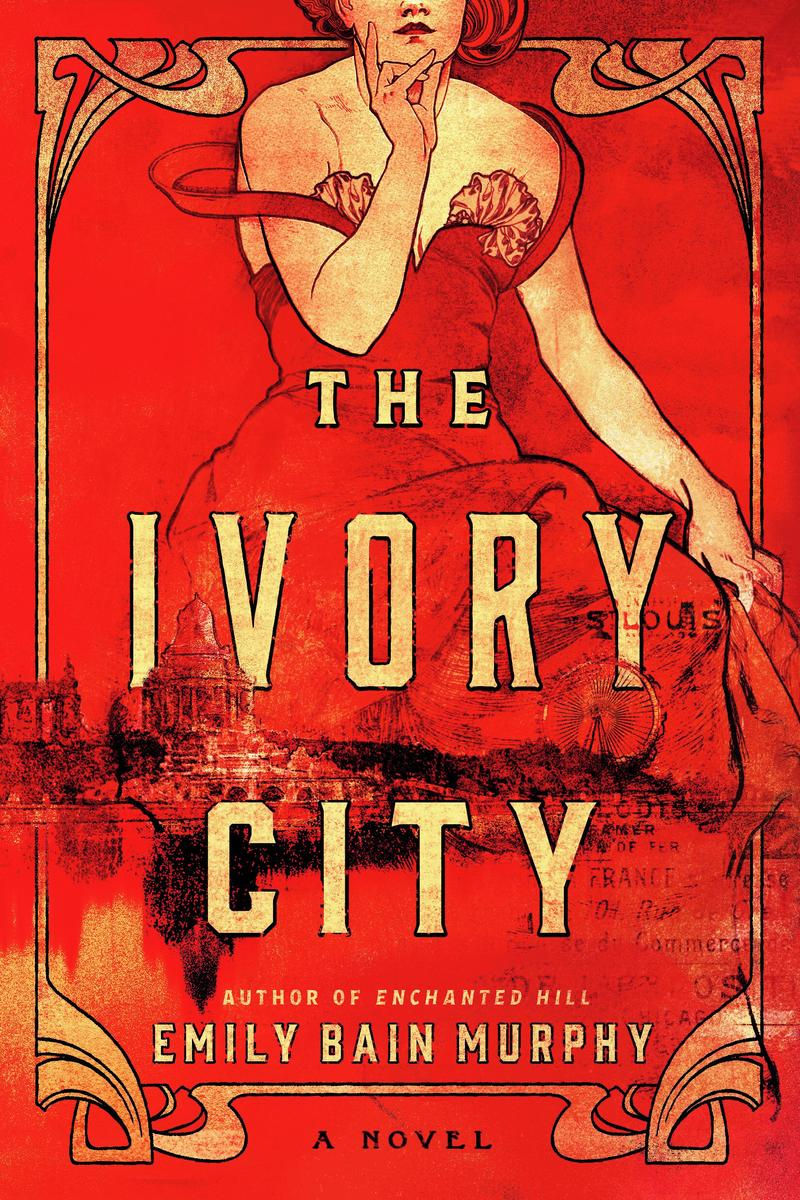"Demon Cooperhead" | Reviewed by William Winkler
- cstucky2

- Dec 6, 2022
- 2 min read
David Copperfield, meet Holden Caulfield. Although Barbara Kingsolver’s latest novel, “Demon Copperhead,” is a retelling of Charles Dickens’ classic, recast in the present day, much of its prose is reminiscent of the voice of J.D. Salinger’s protagonist in “Catcher in the Rye.”
Kingsolver sets her novel in a real place (Lee County, Virginia), its real county seat (Jonesville), and a real school (Lee High School) whose teams are, of course, the Generals.
And Kingsolver’s cast of characters draw names, either directly or obliquely, from the characters in the Dickens novel.
Demon’s life begins on the floor of a single-wide mobile home near a settlement locally known as Right Poor. His mother, single, drunk, stoned, and alone at the time of his birth, delivers him “in a caul,” the placental bag of waters still intact. His fiery red hair (thus, Copperhead) and dark complexion mark him as a Melungeon, the racial mix of Portuguese, Native American and North African found throughout the American southeast.
His given name, Damon, becomes Demon at the suggestion of one of his mother’s numerous boyfriends, a beer delivery driver called “Stoner.” Stoner becomes Demon’s abusive stepfather by marriage until the state places the boy in foster care after his mother’s death by overdose.
The boy moves through several families, all of whom are foster parents solely for the monthly stipend provided by the state. He ends up in the home of the revered Lee High School football coach, who spotted the boy and pegged him as a potential great at tight end.
Demon’s success on the football field elevates him to a position of respect among his peers until a devastating knee injury sidelines him and sets him on the road to opioid addiction. Kingsolver uses this incident as the entry point into her examination of the opioid epidemic, its devastating effect on already reeling poverty pockets in rural Appalachia, and the predatory role of big pharmaceutical companies, one of which she calls out by name, in maintaining and profiting immensely from that epidemic.
It might be useful to be familiar with Dickens’s 19th century tale of a disadvantaged youth’s rise from poverty, but it is not necessary to appreciate the impact of Kingsolver’s latest novel. A reader unfamiliar with Kingsolver’s storytelling approach may find the book challenging at first, but her style becomes captivating, propelling the reader into an examination of how choices, both good and bad, can lead to growth toward a positive outcome.

.png)





Comments